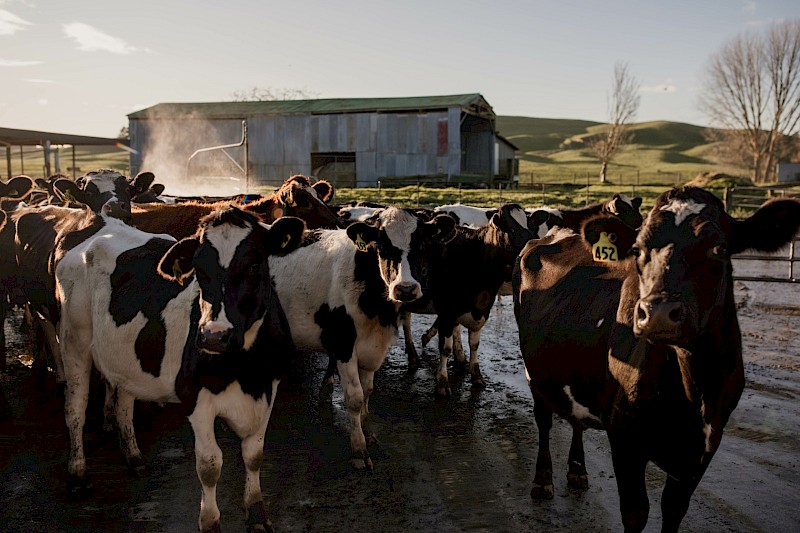
Installing a feed pad? Here’s what you need to know.
Feed pads can make life easier for managing stock in wet conditions and help improve animal health — but depending on how they’re built and used, they might also trigger the need for a resource consent.
In Southland, Otago and Central Otago, feed pads are often classed as intensive farming infrastructure. That means factors like runoff, effluent management, and impermeable surfaces can bring them under the National Environmental Standards for Freshwater (NES-F) or your local council’s rules.
If your feed pad:
- Has an impermeable base
- Channels effluent to a collection system or land application area
- Will be used regularly in wet weather or over winter
…then you may need consent before installation or operation.
Depending on your effluent storage capacity, new feed pads can sometimes be incorporated into your existing effluent system. This could mean you only need to vary your current Discharge Permit rather than apply for a new one — saving time and paperwork.
What do we need to know to help you?
- Size of the feed pad area
- Intended length of time the area will be used
- Number of cows
- If there’s a roof — is rainwater diversion in place?
- How effluent will be managed and disposed of
- Base layers (concrete, gravel, woodchips)
- Existing effluent system information (often in your current consent)
WM Environmental can run a Dairy Effluent Storage Calculation to check whether your existing storage covers the extra capacity — giving you clear data to plan confidently.
We can help you understand exactly what rules apply, prepare the right documentation, and manage the consent process with your regional council.
Not sure if your feed pad needs consent? Get in touch before you build — we’ll help you get it right from the start.
Contact the WM Environmental Team
Posted: 25 June 2025
